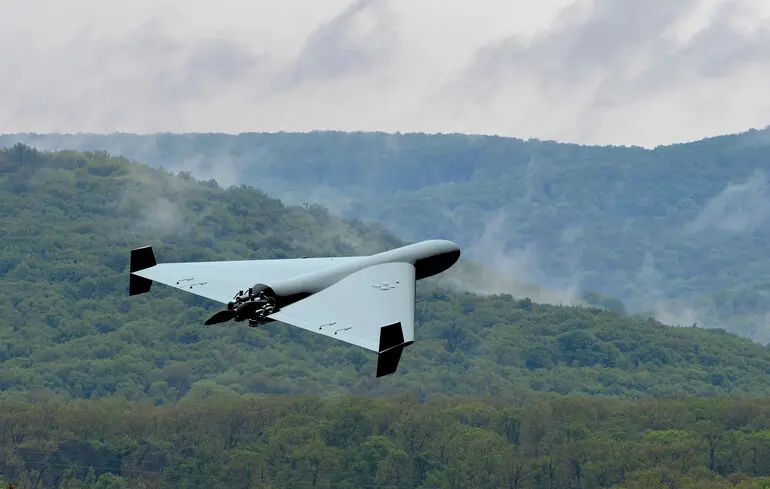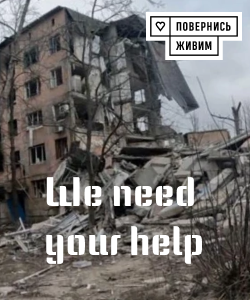Russian UAV Improvements: New Technologies in «Shahed» Drones and Their Impact on Warfare

In modern combat scenarios, Russian military engineers are leaving no aspect unaddressed in the enhancement of their unmanned aerial systems.
According to Ukraine’s Commander-in-Chief Oleksandr Syrskyi, the Russians are actively working on upgrading the operational capabilities of their attack UAVs, specifically the «Shahed» series.
These drones, widely used in recent conflicts, have evolved significantly through technological innovations aimed at increasing their survivability and effectiveness against enemy air defenses.
The latest modifications include the installation of optical navigation systems, sensors that automatically evade electronic countermeasures and missile systems, and multi-channel antennas with up to 16 channels, providing a high level of jamming resistance that makes them difficult to neutralize with traditional EW tools.
Moreover, «Shahed» drones now feature autonomous course and altitude adjustments, complicating tracking and interception attempts.
They are also equipped with self-destruct mechanisms—explosive devices that activate after completing their mission or when they approach Ukrainian forces—preventing capture or reuse by the enemy.
This approach significantly hampers Ukrainian countermeasures, but it also presents new challenges for defense forces, who must constantly adapt to the constantly evolving Russian drone technology.
The relentless modernization effort is part of Russia’s strategy to maintain offensive superiority, deploying thousands of these UAVs in ongoing operations.
Ukrainian military authorities report that Russia intends to produce up to 79,000 «Shahed» drones, along with tens of thousands of other models like «Geran», «Gepard», and «Herb» this year alone.
This scale of production makes the Ukrainian air defense systems face increasingly complex threats, requiring continuous innovation and strategic adjustments.
The ongoing technological rivalry demonstrates the fierce competition for air superiority on the battlefield, prompting Ukrainian troops to refine their counter-drone tactics and develop new defensive solutions.

